Backed by Dentsply Sirona, the world’s largest manufacturer of professional dental products, we’re making it easier for everyone to get the smile of their dreams—and gain the confidence they deserve.


A smile you can trust
Featured In
The Company that’s Changing the At-Home Dental Industry
Warby Parker, Glossier, and Beats by Dre all rolled up into a dental product
Whenever you notice a celebrity’s standout smile, there’s a good chance Dr. Jon Marashi is the cosmetic dentist responsible for their incredible teeth
Byte ’ s clients are consistently satisfied.
Day or Night Plans
Choose an aligner plan that’s right for you.
How Byte works
At-home impressions

Shipped straight to you. With easy instructions, it only takes a few minutes. Free return shipping.
Doctor prescribed

We use your impressions to design a personalized treatment plan approved by a licensed dentist or orthodontist.
Track your progress

Watch your smile transform with digital access to your doctor-directed treatment plan.
Retainers coming soon
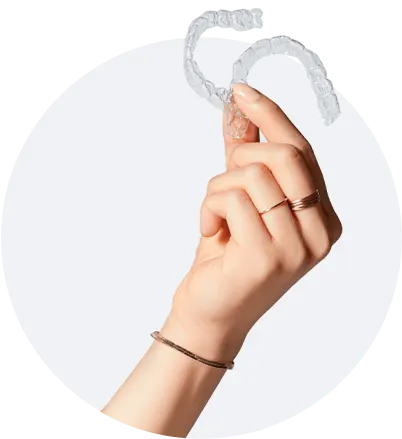
Looking for retainers?
Byte Retainers are currently only available with Byte aligner treatment, but they’ll soon be available for purchase on their own. Sign up now to get word on when you can order your own custom Byte Retainers designed just for you!

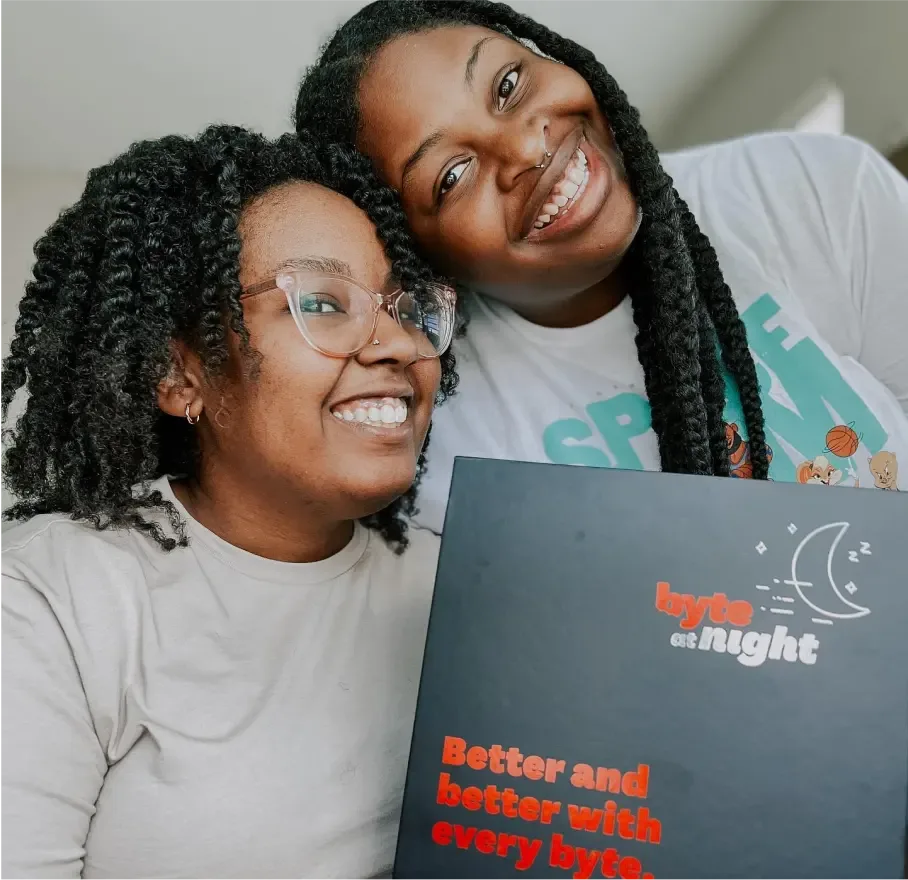

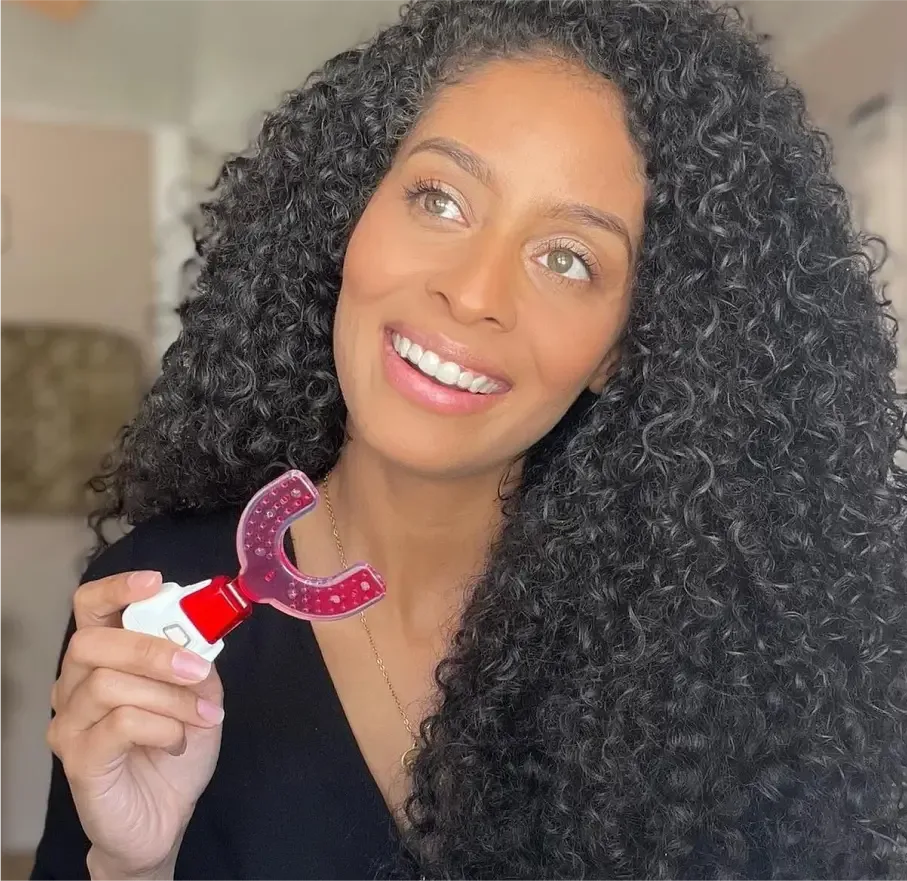
With so many shoutouts from raving fans, it’s hard to keep track, but we do our best.


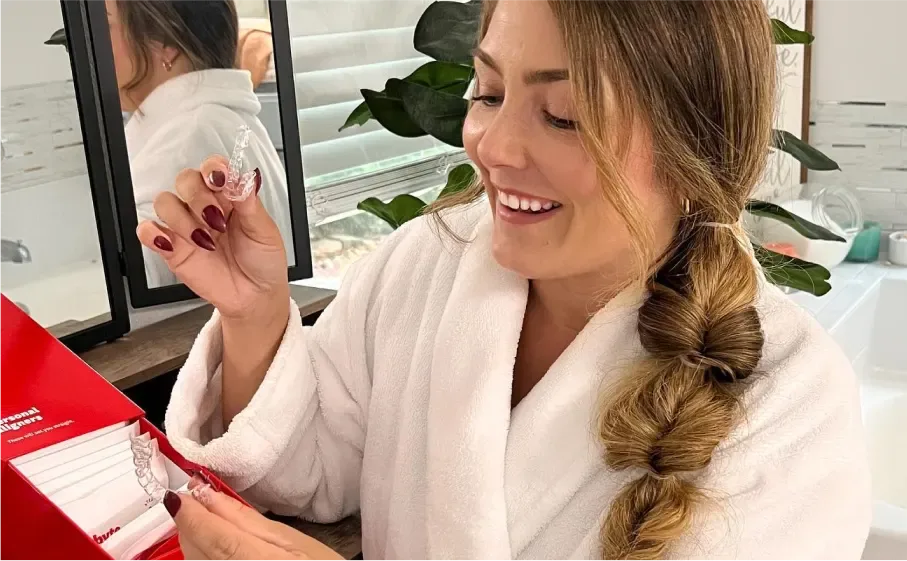
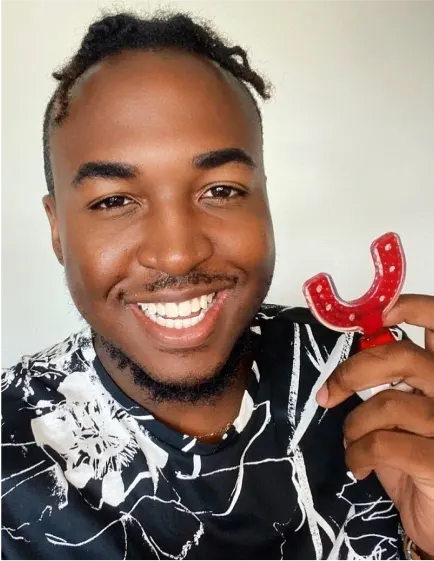
Why Byte is better
Description
HyperByte included
HyperByte, our exclusive high frequency vibration device, is included in every aligner kit. With just 5 minutes of use a day, the HyperByte can help seat your aligners for fast and comfortable treatment.4
Doctor-prescribed
Your clinical team will use your impressions to design a personalized treatment plan and create clear aligners just for your teeth.
Free retainer
You’ll receive a free set of retainers with your Byte aligners. If you’re enrolled in the Byte Protection Program, you’ll automatically get a new retainer every six months.
Free whitening treatment
You get a bottle of BrightByte with your aligner purchase. BrightByte is a 3-in-1 foam cleanser, whitener, and breath freshener that works perfectly with your Byte aligners.
4 month avg. treatment time
While traditional braces often take over a year, the average treatment plan for our All-Day aligners is about 4 months! Every smile is unique, so individual results may vary.
No expensive office visits
No more inconvenient appointments! You can straighten your teeth from the comfort of your home with our easy-to-use app and access to your clinical team 7 days a week.
Lifetime guarantee
If your teeth move out of alignment after you complete your initial treatment, we’ll work with your clinical team to provide new aligners and help correct any misalignment issues at no additional cost.3
Legacy of trust
Byte is backed by Dentsply Sirona, the world's largest manufacturer of professional dental products—a brand trusted by dentists for over a century.
Smiling Reviews
0 rating out of 0 reviews**
Reviews may include ones where known purchasers were given free product in exchange for their honest opinion.
Placeholder content lotem ipsum dolor sit adipisicing eli nesciunt autem, autem nulla consectetur content...
Placeholder content lotem ipsum dolor sit adipisicing eli nesciunt autem, autem nulla consectetur content...
Placeholder content lotem ipsum dolor sit adipisicing eli nesciunt autem, autem nulla consectetur content...
Placeholder content lotem ipsum dolor sit adipisicing eli nesciunt autem, autem nulla consectetur content...
Placeholder content lotem ipsum dolor sit adipisicing eli nesciunt autem, autem nulla consectetur content...
Placeholder content lotem ipsum dolor sit adipisicing eli nesciunt autem, autem nulla consectetur content...

